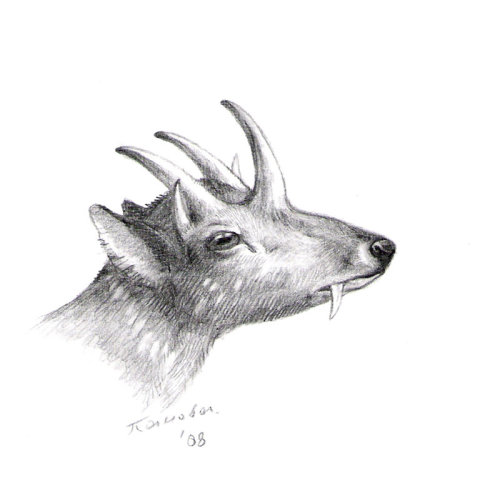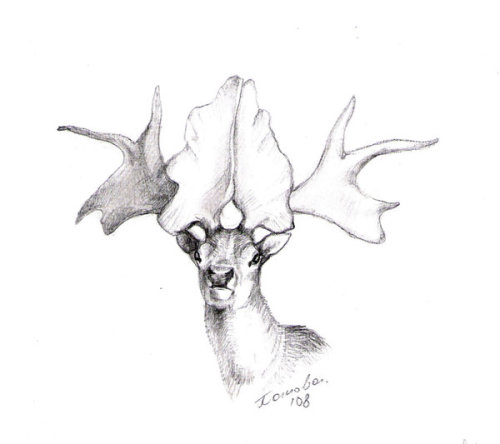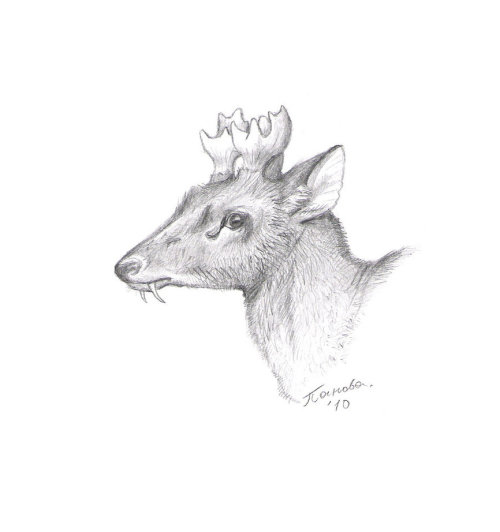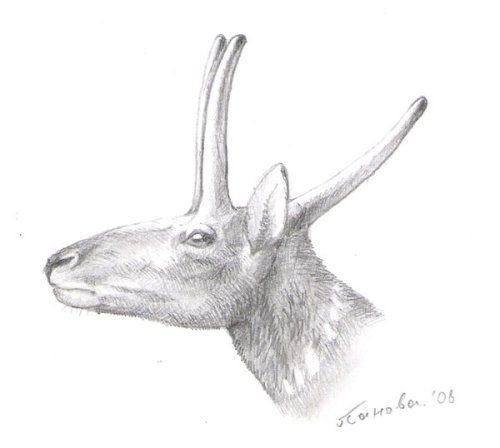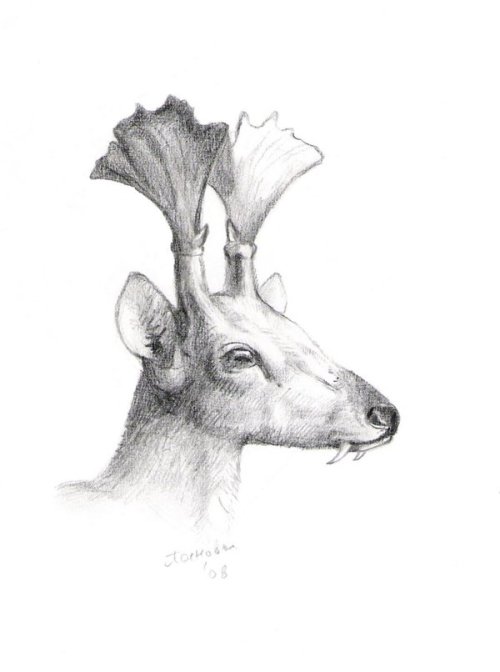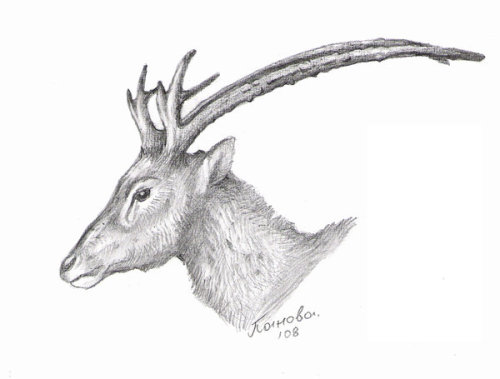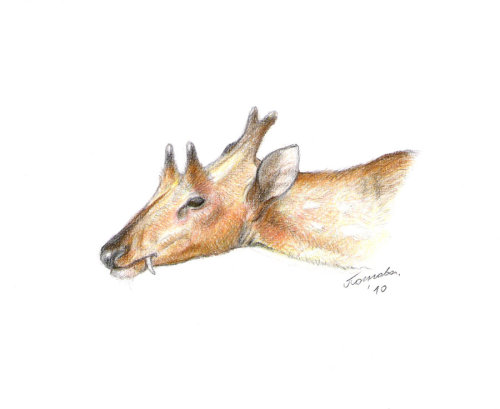theoldbone:strangebiology: Why aren’t we talking about extinct cervids?? At least Tori Morris,
theoldbone:strangebiology: Why aren’t we talking about extinct cervids?? At least Tori Morris, the artist who made this, is. I gotta ask, where do you find references for these animals? I’ve googled a lot and found no skull photos on the internet. Someone has them. Maybe there are pictures inside The Evolution of Artiodactyls. In order: Ordosianus Mentuigouensis, Hoplitomeryx, Megaloceros Pachyosteus, Oschinotherium Orlovi, Pediomeryx, Palaeoplatyceras, Elaphurus Formosanus, Triceromeryx Pachecoi, Sinomegaceros Ordosianus. I’d like to add Eucladoceros dicraniosEucladoceros was a large deer, reaching 2.5 metres (8.2 ft) in body length and standing about 1.8 metres (5.9 ft) tall at the shoulder, only slightly smaller than a modern moose. It had a spectacular set of antlers which split into twelve tines per pedicle, and were up to 1.7 metres (5.6 ft) wide.[2]The most distinctive feature of Eucladoceros was its comb-like antlers, especially in E. ctenoides. E. dicranios is the most evolved species of the genus, with a dichotomous branching of each antler tine. Eucladoceros was the first deer genus to have highly evolved antlers; however its cranial shape and dental morphology remained primitive, as in Rusa unicolor. Even more interesting is that number 5 is not a Cervid at all, but a relative of the giraffe, okapi and pronghorn (Giraffoidea). And since we only have the skulls of these strange creatures, we can’t know exactly what their horns looked like.Example, greater kudu without horns:Greater kudu with horns:Pronghorn (closer relative of Pediomeryx) without horns:Pronghorn with horns:So just think what this one (Cranioceras) might have looked like alive: -- source link
#prehistoric mammals#giraffes#antelopes

